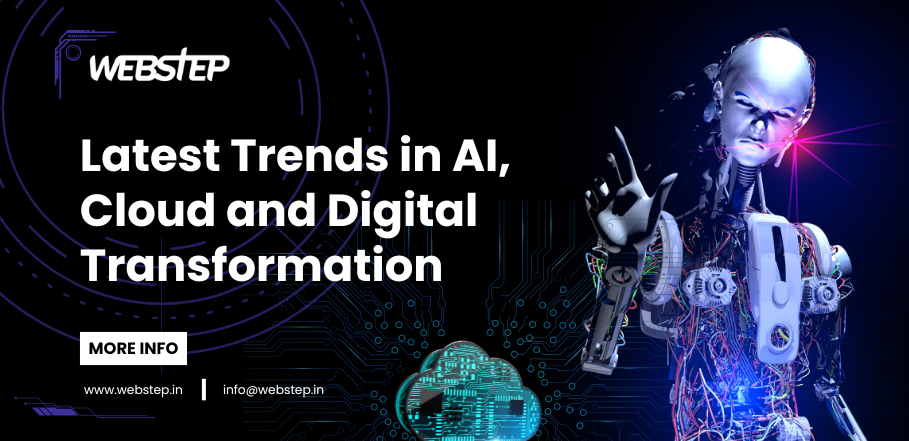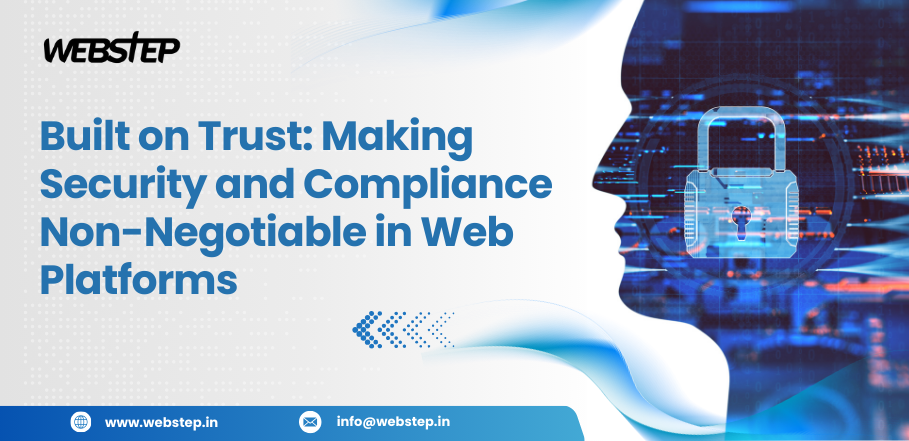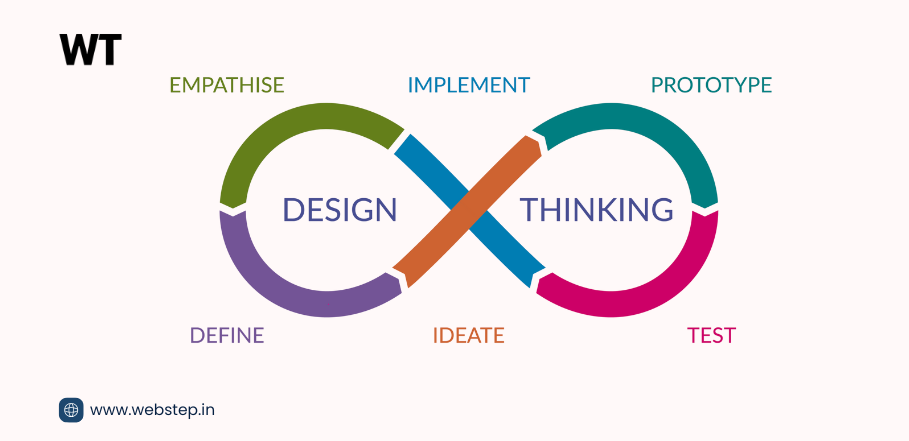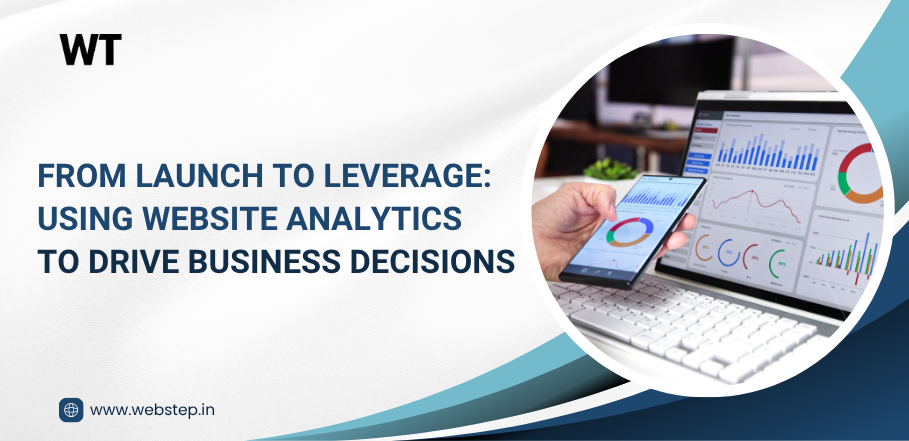
In today’s digital-first landscape, enterprises are increasingly challenged to stay agile, resilient, and cost-effective—while delivering superior experiences to customers, partners, and employees. One powerful strategy leading the charge is cloud migration, particularly for enterprise applications and websites. It’s more than just a tech upgrade—it’s a smart shift towards scalable impact and strategic transformation.
Key Factors Fuelling Cloud Migration of Enterprise Applications
The key drivers—and their estimated influence—are outlined below:
30%
Scalability on Demand
25%
Business Continuity & Resilience
20%
Cost Optimization
- Scalability on Demand: Cloud platforms allow applications to scale resources dynamically, supporting business growth without infrastructure constraints.
- Business Continuity & Resilience: With built-in disaster recovery, auto-failover, and geographic redundancy, cloud environments ensure high availability.
- Cost Optimization: The pay-as-you-go model replaces heavy capital expenditure with predictable operational costs.
- Faster Innovation: DevOps, AI integration, containerization, and micro services have become easier to implement, reducing time-to-market.
- Enhanced Security & Compliance: Leading cloud providers now offer robust security frameworks with continuous updates and regulatory compliance tools.
Enterprise Applications at the Heart of Transformation
Enterprise applications—such as ERP, CRM, HR platforms, and customer portals—are central to business performance. Migrating these applications to the cloud delivers transformative advantages across multiple dimensions:
- Real-time analytics and decision-making
- Improved user experiences through responsive design and mobile compatibility
- Automated workflows and increased process efficiency
- Interoperability with modern APIs and third-party services
For websites, especially those with high traffic, e-commerce functionality, or global user bases, the cloud offers content delivery networks (CDNs), load balancing, and caching—ensuring speed and uptime, everywhere.
A Strategic Imperative, Not Just an IT Move
The shift to the cloud is no longer a question of “if” but “how soon and how strategically.” For enterprises, it’s a chance to break away from the limitations of legacy systems and step into a more dynamic, innovation-ready future.
Organizations that embrace cloud migration not merely as a technical decision but as a cornerstone of transformation will be better positioned to adapt, compete, and lead in their industries.
Conclusion: The Time for Smart Shift is Now
The journey to the cloud is a journey toward agility, scalability, and smarter operations. As enterprise applications and websites form the nerve center of digital business, migrating them to the cloud sets the stage for long-term impact—both in terms of performance and strategic agility.
Make the shift. Make it smart.
Our Enterprise Application Services and their Key Benefits:
Cloud migration transforms the way enterprises manage their core systems, offering measurable improvements in performance, efficiency, scalability, and user satisfaction.
ERP
35% Cost Savings, 20% better accuracy
CRM
45% more Sales Productivity
Customer
66% fewer tickets 99.9% uptime
1. ERP Systems (Enterprise Resource Planning)
Cloud-based ERP centralizes business operations and streamlines cross-departmental workflows.
- Up to 35% Reduction in IT Infrastructure Costs – Moving ERP to the cloud eliminates the need for physical servers, maintenance, and hardware upgrades.
- 25–30% Faster Deployment of New Features/Modules – Cloud ERP enables agile rollouts, minimizing downtime and project delays.
- 20% Improvement in Financial Reporting Accuracy – Real-time data consolidation reduces manual reconciliation and errors.
- Enhanced Compliance & Auditability – Cloud platforms automate compliance tracking, supporting SOX, GDPR, and industry-specific standards.
2. CRM Systems (Customer Relationship Management)
CRM in the cloud enhances customer engagement through better data access, integration, and analytics.
- Up to 45% Increase in Sales Team Productivity – With mobile access and real-time data, sales reps can respond faster and close deals more efficiently.
- 28% Higher Lead Conversion Rates
- 360° Customer View Across Channels
- 40% Faster Campaign Execution
3. Customer Portals
Cloud-hosted customer portals improve service delivery and self-service capabilities.
- 24/7 Availability with 99.9% Uptime SLAs – Customers can access services anytime, improving satisfaction and reducing support load.
- Up to 60% Reduction in Support Ticket Volume
- 3x Faster Response Times
- Global Reach with CDN & Multi-language Support – Cloud portals ensure consistent performance and localized experiences worldwide.
4. HR Systems (Human Resources)
Cloud HR platforms support workforce agility, compliance, and digital HR transformation.
- 30% Faster On-boarding Process
- 40% Reduction in Payroll & Benefits Processing Time
- Up to 50% Increase in Employee Self-Service Adoption – Access to pay slips, leave requests, and updates via mobile boosts engagement and transparency.
- Improved Data Security & Access Control
























